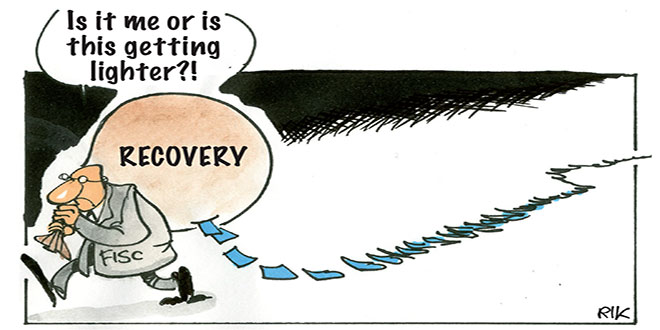It is one of the Government’s main financial resources. Yet a lot of it is still lost in the wild. At the end of 2022, the Government’s outstanding debts amounted to around 100 billion Dirhams (USD 10 billion). Indeed, tax revenues reached 252 billion Dirhams (USD 25 billion) in 2022, or 83% of the State’s general budget ordinary revenues.

However, net revenues collected by the General Tax Directorate amounted to just 148.8 billion Dirhams (USD 14 billion). These are the findings of the latest report by the Court of Auditors, which emphasized the urgent need to reinforce tax fairness and civic-mindedness, in view of the Government’s need for resources to finance transformational reforms. The high financial court also pointed to «the high level of receivables owed by the Government».
In concrete terms, the efforts of the DGI (General Directorate of Taxes) have not made it possible to clear outstanding debts. Its 2017-2021 strategic plan called for them to be reduced by at least 10% a year. However, «the stock of outstanding debts increased by an annual average of 8% over the same period». For the Court of Auditors, this reflects «shortcomings in terms of collections and write-offs, combined with other factors limiting actions to collect tax debts».
In detail, the collection rate achieved remains very low. At the end of 2021, the collection rate for the 2017-2021 period did not exceed 45%, and the rate achieved on the stock of outstanding debts at the end of 2016 did not exceed 10%. The Court of Auditors points to the difficulty of recovering these debts in view of the time taken to issue them in relation to the relevant tax year. For example, «the collection rate fell from 78% for tax assessments issued during the tax year or during the two following years, and to 42% for issues 5 years or more from their taxation year».
The likelihood of tax collection also depends on the extent to which the current procedure is activated, by respecting deadlines such as the dispatch of the last notice free of charge and the summons. According to the Court of Auditors, «these initial steps are not always taken on time». Another constraint pointed out by the Court is the inadequate implementation of the selective collection approach, which prioritizes the most recent receivables with the highest financial stakes. Over the 2017-2021 period, the collection rate for recent receivables did not exceed 43%, for issues during the year in which they were taken over, and 5% from the following year onwards.
It is against this backdrop that the Court of Auditors has called for improved management of enforced collection actions. This needs to be coupled with an in-depth analysis of outstanding debts to determine, on the basis of convincing evidence, which debts are uncollectible, and to draw up a plan for their settlement.
M.A.M.


























